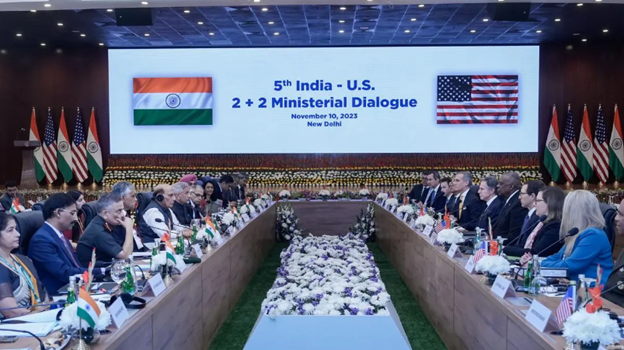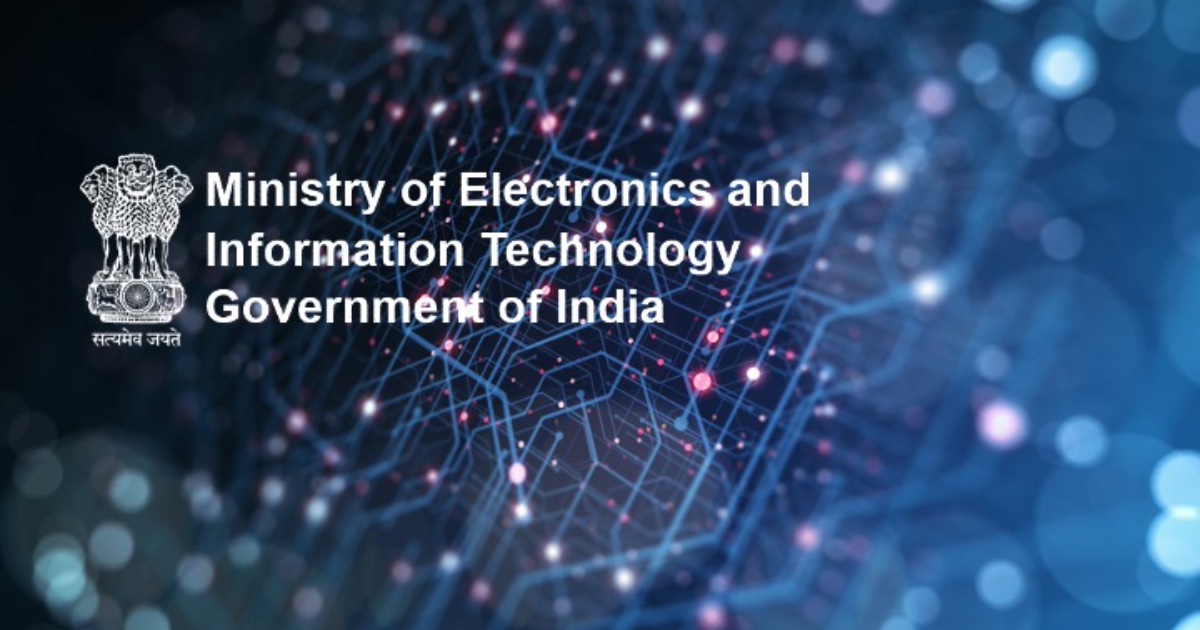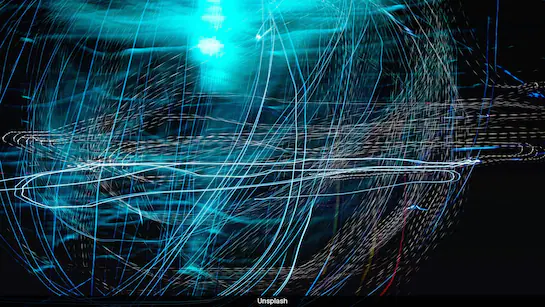- Courses
- GS Full Course 1 Year
- GS Full Course 2 Year
- GS Full Course 3 Year
- GS Full Course Till Selection
- CSAT
- 5 LAYERED ARJUNA Mentorship
- Public Administration Optional
- Online Program
- GS Recorded Course
- NCERT Batch
- Polity Module Course
- Geography Module Course
- Economy Module Course
- AMAC Module Course
- Modern India, Post Independence & World History Module Course
- Environment Module Course
- Governance Module Course
- Science & Tech. Module Course
- International Relations and Internal Security Module Course
- Disaster Management Module Course
- Ethics Module Course
- Essay Module Course
- Current Affairs Module Course
- ABOUT US
- OUR TOPPERS
- TEST SERIES
- FREE STUDY MATERIAL
- VIDEOS
- CONTACT US
India-US 2+2 Ministerial Dialogue
India-US 2+2 Ministerial Dialogue
14-11-2023

Why in News?
Recently, 5th India-US 2+2 Ministerial Dialogue highlighted progress in defense, semiconductors, emerging technology, space, and health areas of bilateral cooperation.
2+2 Meeting
- About:
- Two high-level representatives, holding Foreign and Defence portfolios, from both countries are participating in 2+2 meetings to enhance dialogue and cooperation.
- A mechanism helps partners understand and appreciate each other's strategic concerns, considering political factors, fostering stronger, integrated relationships in a rapidly changing global environment.
- India’s 2+2 Partners:
- The US is India's oldest and most significant 2+2 talks partner.
- India has held two meetings with ministers from Australia, Japan, the United Kingdom, and Russia.
Key Highlights of the India-US 2+2 Dialogue
- Defense Deals:
- Both nations aimed to work together on co-developing and producing defense systems, fostering a stronger partnership in defense technologies.
- India and the U.S. are negotiating deals for the purchase of MQ-9B unmanned aerial vehicles and the licensed manufacturer of General Electric's F-414 jet engine in India.
- The Ministers anticipate the completion of a Security of Supply Arrangement (SOSA), a key priority in the Roadmap, which will enhance the resilience of both countries' defense industrial ecosystems.
- Infantry Combat Vehicles and Future Plans:
- Both sides discussed the use of infantry combat vehicles, specifically the Stryker, as part of the defence industry cooperation roadmap.
- The Indian military's needs will be finalized, and a production plan will be established through collaboration between Indian and U.S. industry and military teams.
- Advancements in Defence Technology Cooperation:
- Both sides evaluated the progress of the India-U.S. Defence Industrial Ecosystem, INDUS-X, launched in June 2023, aiming to enhance strategic technology partnership and defense industrial cooperation.
- Membership in Combined Maritime Forces:
- The US Defense Secretary welcomed India's decision to join the Combined Maritime Forces, a multilateral organization based in Bahrain.
- This action signifies India's dedication to regional maritime security.
- Maritime Security:
- Both nations prioritize maritime security in the Indo-Pacific region, emphasizing the need to protect vital sea lanes and promote stability.
- Space and Semiconductor Collaboration:
- The Ministers praised the swift progress made by the India-US Initiative on Critical and Emerging Technology (iCET) in fostering collaborations in the commercial and defence sectors.
- They urged governments, academia, research, and corporations to build strategic partnerships in emerging technologies like quantum, telecom, biotechnology, AI, and semiconductors to accelerate global innovation and benefit economies.
- Discussion on Chinese Aggression:
- The US has emphasized that the bilateral relationship goes beyond addressing the issues posed by China.
- India-Canada Row:
- The ongoing security dispute between India and Canada, primarily involving a Khalistan separatist based in the US and Canada, has been resolved.
- India has effectively communicated its stance on fundamental security issues to its international partners.
- Israel-Hamas War:
- India has reiterated its stance on the Israel-Hamas Conflict, advocating for a two-state solution and the early resumption of dialogue.
- The humanitarian assistance has been provided, emphasizing the adherence to international humanitarian law and the condemnation of civilian casualties.
India’s Relations with the US
- About:
- The U.S.-India strategic partnership is based on shared values such as democracy and upholding the rules-based international system.
- Both parties share a common goal of enhancing global security, stability, and economic prosperity through trade, investment, and connectivity.
- Economic Relations:
- India's economic ties with the U.S. have significantly increased, making it the country's largest trading partner in 2022-23.
- India and the U.S.'s bilateral trade reached USD 128.55 in 2022-23, a 7.65% increase from USD 119.5 billion in 2021-22.
- International Cooperations:
- India and the US maintain close collaborations in various multilateral organizations such as the United Nations, G-20, ASEAN Regional Forum, IMF, World Bank, and WTO.
- The US welcomed India's two-year term in the UN Security Council in 2021 and supports a reformed council with India as a permanent member.
- The Quad, comprising Australia, Japan, the United States, and India, is collaborating to foster a free and open Indo-Pacific region, offering significant benefits to the region.
- India is among twelve countries that are collaborating with the United States on the Indo-Pacific Economic Framework for Prosperity (IPEF).
- India is a member of the Indian Ocean Rim Association (IORA), with the United States serving as a dialogue partner.
- Defence Pacts:
- India has signed all four foundational agreements with the US, including the Logistics Exchange Memorandum of Agreement in 2016, the Communications Compatibility and Security Agreement in 2018, and the Basic Exchange and Cooperation Agreement for Geo-Spatial cooperation.
Major Challenges between India and the US
- US Criticism of India’s Foreign Policy:
- The Indian elite has historically viewed the world through a non-alignment lens, while alliance relationships have been central to the US's foreign policy since World War II.
- India's nonalignment policy, particularly during the Cold War, has consistently raised concerns for the West, particularly the US.
- Following the 9/11 attacks, the US requested India to send troops to Afghanistan, but the Indian military vetoed the request.
- India continues to break records in its import of cheap Russian oil, refusing to align with the American line on the Russian-Ukraine war.
- India’s Engagement with US Adversaries:
- India has expressed its opposition to the US's decision to restrict the sale of Iranian and Venezuelan oil in the open market.
- India has engaged in 18 rounds of talks with China to resolve the border dispute and remains a key participant in the China-backed Asian Infrastructure Investment Bank.
- US’ Criticism of India’s Democracy:
- US organizations and foundations, with Congressmen's support, periodically report on India's democratic discourse, press, and religious freedom, and the condition of minorities.
- The International Religious Freedom Report 2023 and the Human Rights Report on India 2021 by the US State Department are some notable reports on India.
- Economic Tensions:
- The Atmanirbhar Bharat Campaign has fueled the US perception that India is transitioning towards a protectionist, closed-market economy.
- In June 2019, the USA revoked duty-free benefits for Indian exporters under the GSP program, impacting export-oriented sectors like pharma, textiles, agri products, and automotive parts.
Way Forward
- The partnership between the two countries is crucial for promoting a free, open, and rules-bound Indo-Pacific region.
- The Demographic Dividend offers significant opportunities for US and Indian firms in technology transfer, manufacturing, trade, and investment.
- India is gaining prominence in a rapidly evolving international system, using its current position to pursue opportunities to advance its vital interests.



